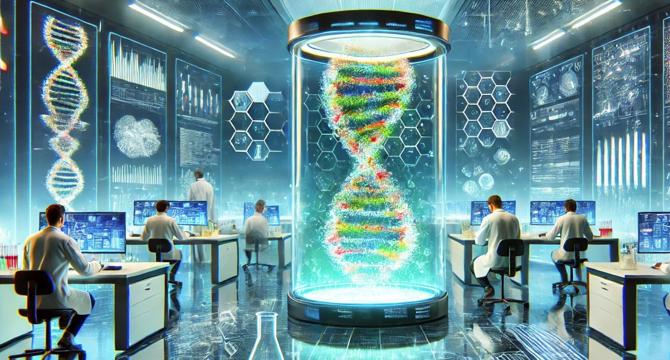Brighter Side of News
1M
393

Image Credit: Brighter Side of News
Breakthrough DNA-based supercomputer runs 100 billion tasks at once
- A liquid computer powered by DNA with the ability to support over 100 billion unique circuits could revolutionize disease detection and diagnosis.
- Researchers at Shanghai Jiao Tong University explore DNA's computing potential, using DNA molecules as core components of new systems.
- DNA-based programmable gate arrays (DPGAs) were created, offering more than 100 billion possible circuit designs using specific molecular 'keys.'
- In trials, DPGAs solved quadratic equations and calculated square roots, with input molecules triggering chemical reactions inside the circuit.
- DNA circuits show promise in medical diagnostics, with the potential to detect diseases at the molecular level efficiently and accurately.
- Despite challenges like random molecular collisions, DNA computing could transform healthcare by enabling real-time disease monitoring and personalized medicine.
- Dr. Fei Wang envisions a future where DNA computing technology integrated into living systems can detect diseases early, offering new intervention opportunities.
- The convergence of biology and electronics in DNA computing may extend beyond medicine to fields like environmental monitoring, synthetic biology, and artificial intelligence.
- DNA-based programmable arrays could redefine diagnostics, computation, and more, showcasing the transformative potential of interdisciplinary research.
- The innovative technology using DNA for computing purposes signifies a paradigm shift, offering solutions to significant challenges through interdisciplinary collaboration.
Read Full Article
23 Likes
For uninterrupted reading, download the app